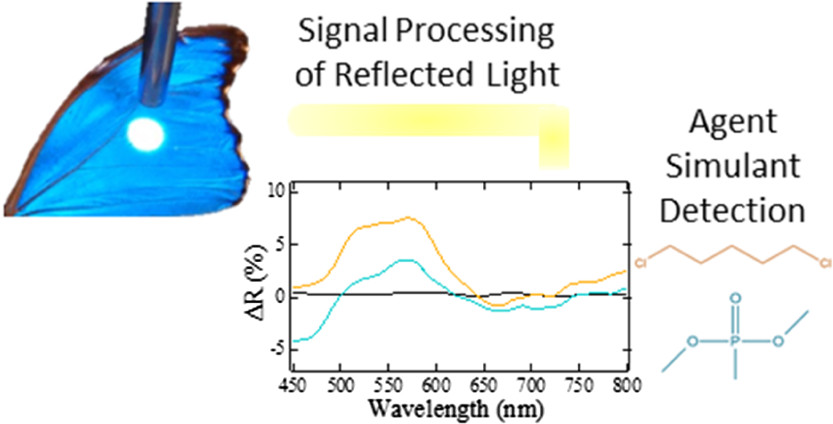Hydrogen-Based Iron Reduction for Clean Production
Computer vision method for dynamics tracking.
-
A detailed analysis of the results can be found .
-
This work is currently undergoing peer-review by the Materials Characterization Journal.
The reduction of hematite to metallic iron using hydrogen (H2) as a reducing agent presents a promising pathway for decarbonizing steel production. In this study, we employ a combination of in situ confocal scanning laser microscopy (CSLM) and advanced computer vision techniques to quantitatively analyze dendritic growth of ferrite during H2-based reduction of iron oxide at high temperatures.
This work applied image segmentation techniques to track the dendritic growth during the transformation of hematite to alpha-iron in a hydrogen induced reduction.
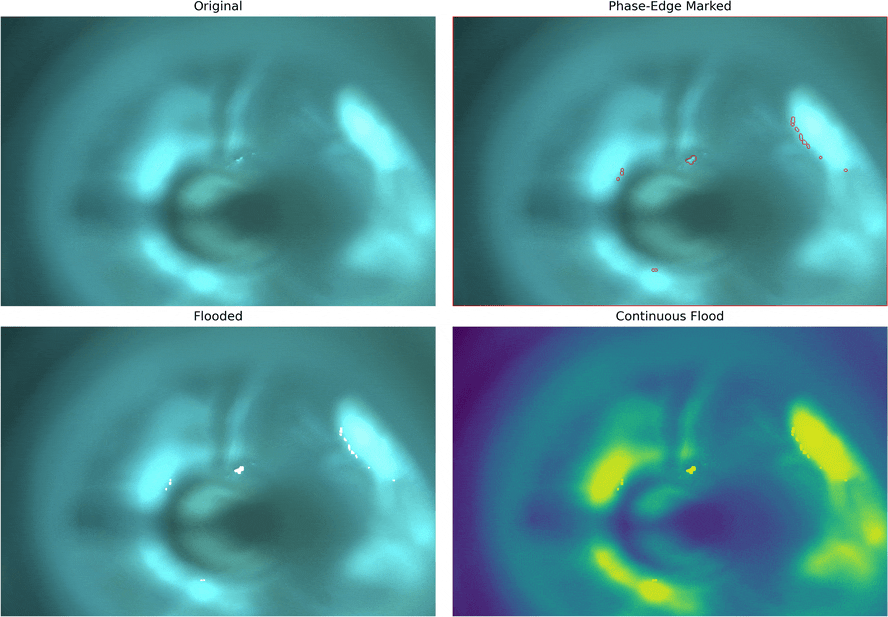
Segmentation Methods.
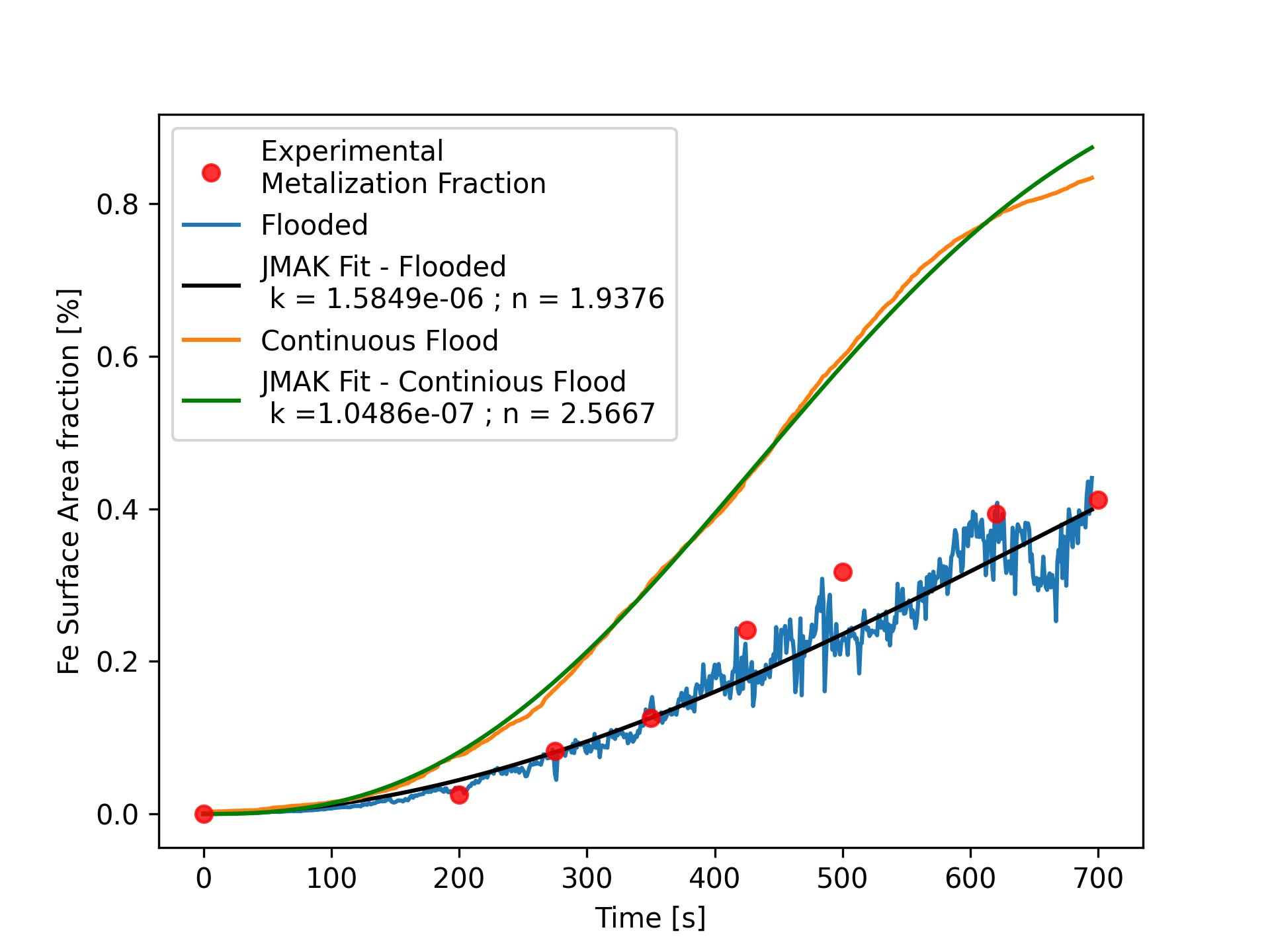
Volume fraction over time.
This material is based upon work supported by the U.S. Department of Energy (DOE), Office of Science, Office of Basic Energy Sciences (BES), Materials Sciences and Engineering Division under Award DE-SC0024724 ”Fundamental Studies of Hydrogen Arc Plasmas for High-efficiency and Carbon-free Steelmaking".
Rocket Propellant Burn Simulation
Diffuse interface method for parallel computation and adaptive mesh refinement
-
This work was implemented using C++ and is public avaliable at , flame branch.
-
The results have been publish in the Combustion and Flame journal and can be found .
Solid Composite Propellants (SCPs) are extensively used in the field of propulsion for their chemical and mechanical stability in long-term storage, and for having simple production and operation processes. Computational modeling enables cost reduction, increased efficiency, and greater coverage of the configuration space in the SCP design process.
This work presents a phase-field model for the regression of the burn interface during ignition and deflagration of an SCP with arbitrary morphology. It is an extention to Alamo open-source software, which is built with focus on parallel processing, and utilizes AMReX Framework for adaptive refinement.
This work is sponsored by the Department of Defense - Office of Naval Reseach grant #N00014-21-1-2113.
Mesoscale 3D simulations of composite solid propellant regression.
Maximum stress prediction
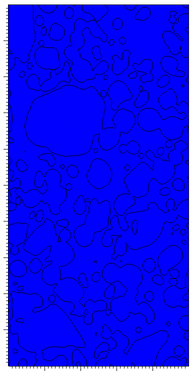
VonMises stress during regression

Maximus stress spots
Macroscale geometry simulation
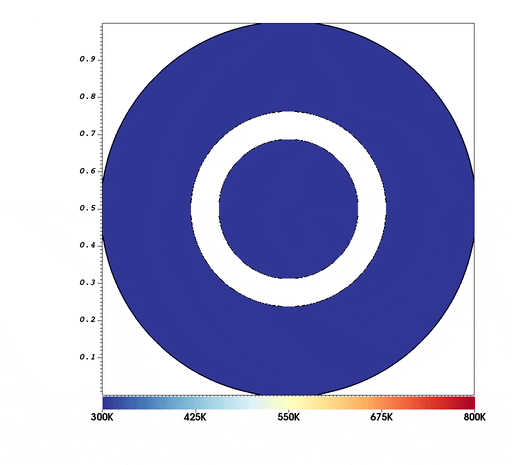
Thermal Diffusion
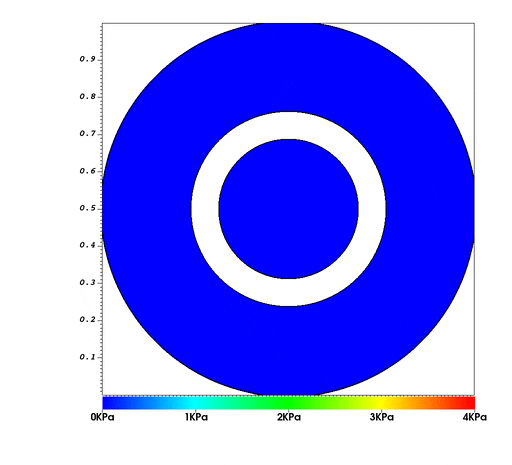
VonMises Stress
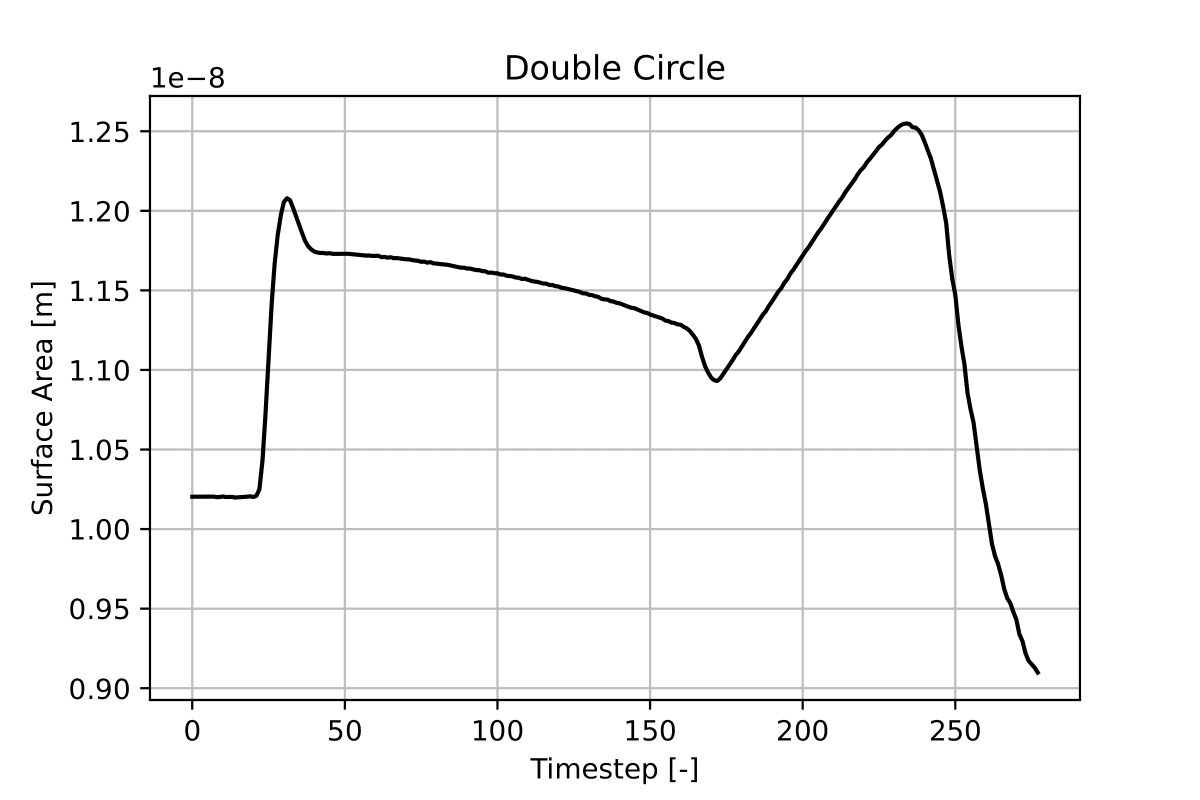
Total interface over time
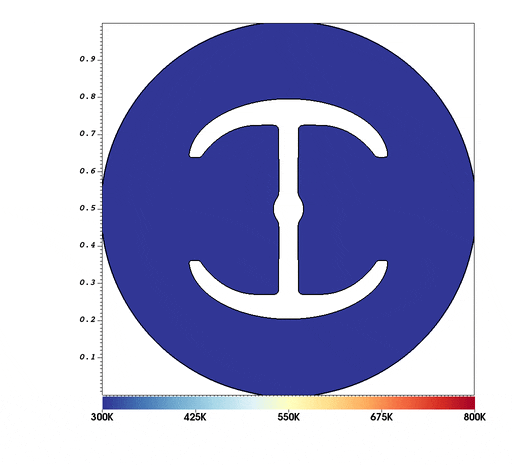
Thermal Diffusion

VonMises Stress

Total interface over time
Warfare gas classification
Machine Learning - Dimension Reduction
-
This work was implemented using Python and is public avaliable at
-
The results have been publish in the RSC Advances journal and can be found .
Photonic crystals have demonstrated optical sensitivity that allows for accurate detection and identification of vapor. In brief, natural photonic crystals contain a polarity gradient within their periodic nanoarchitecture. Light moving through this nanoarchitecture is sensitive to changes in the refractive index of the system caused by the presence of a vapor. Thus, the light reflected from a natural photonic crystal changes as a function of vapor concentration, vapor refractive index, and polarity-based location of the vapor within the nanoarchitecture
In this work, five different dimension reduction methods were applied to reflectance data renerated from exposing the wings of a Morpho Didius Buterfly to different Warfare gases. The orginal dataset is composed by 438 waivelength dimensions, and good classification results were found after reducing the dimensionaly to 2.
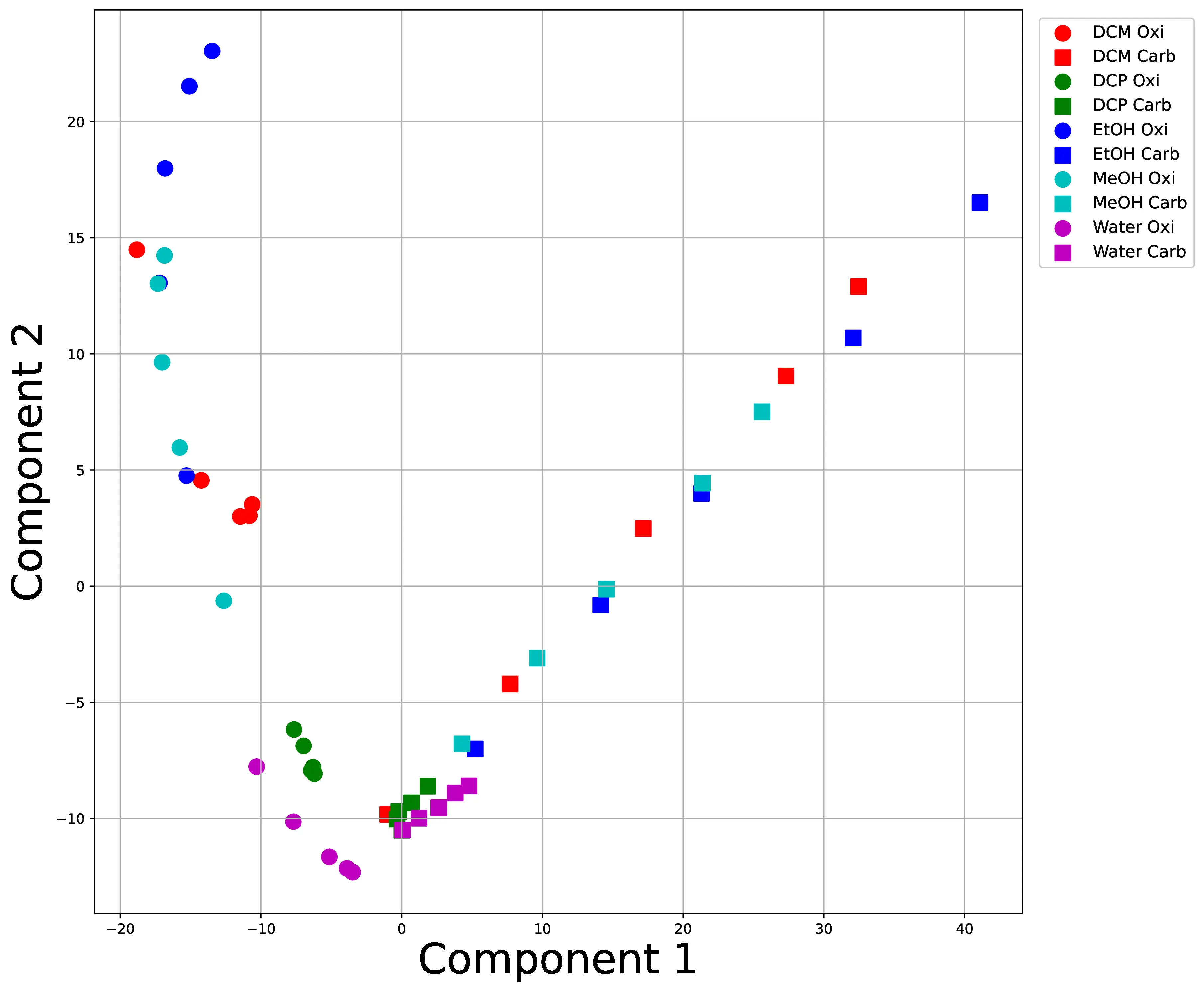
Principal Component Analysis (PCA)

Supervised PCA (SPCA)
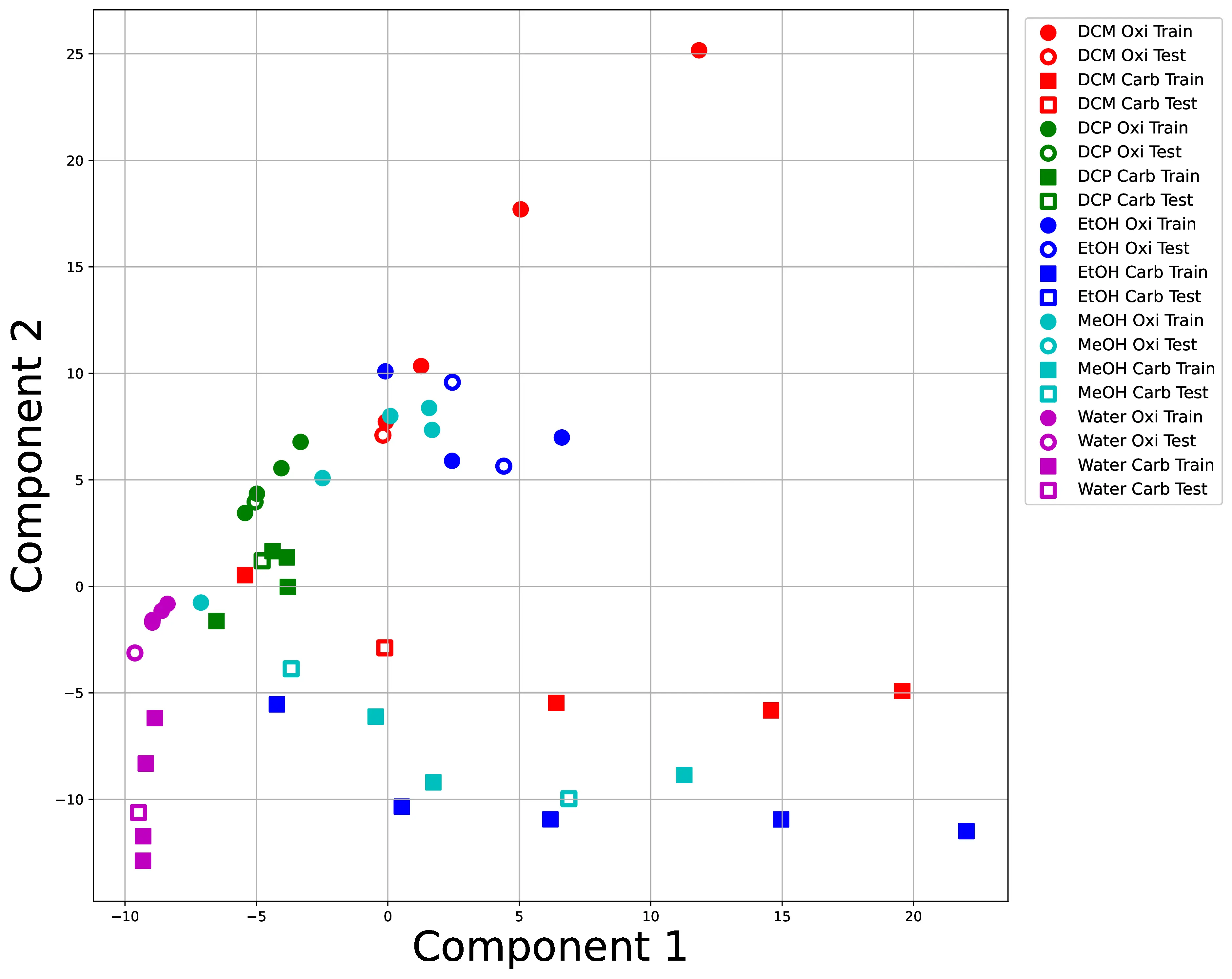
Partial Least Square (PLS)
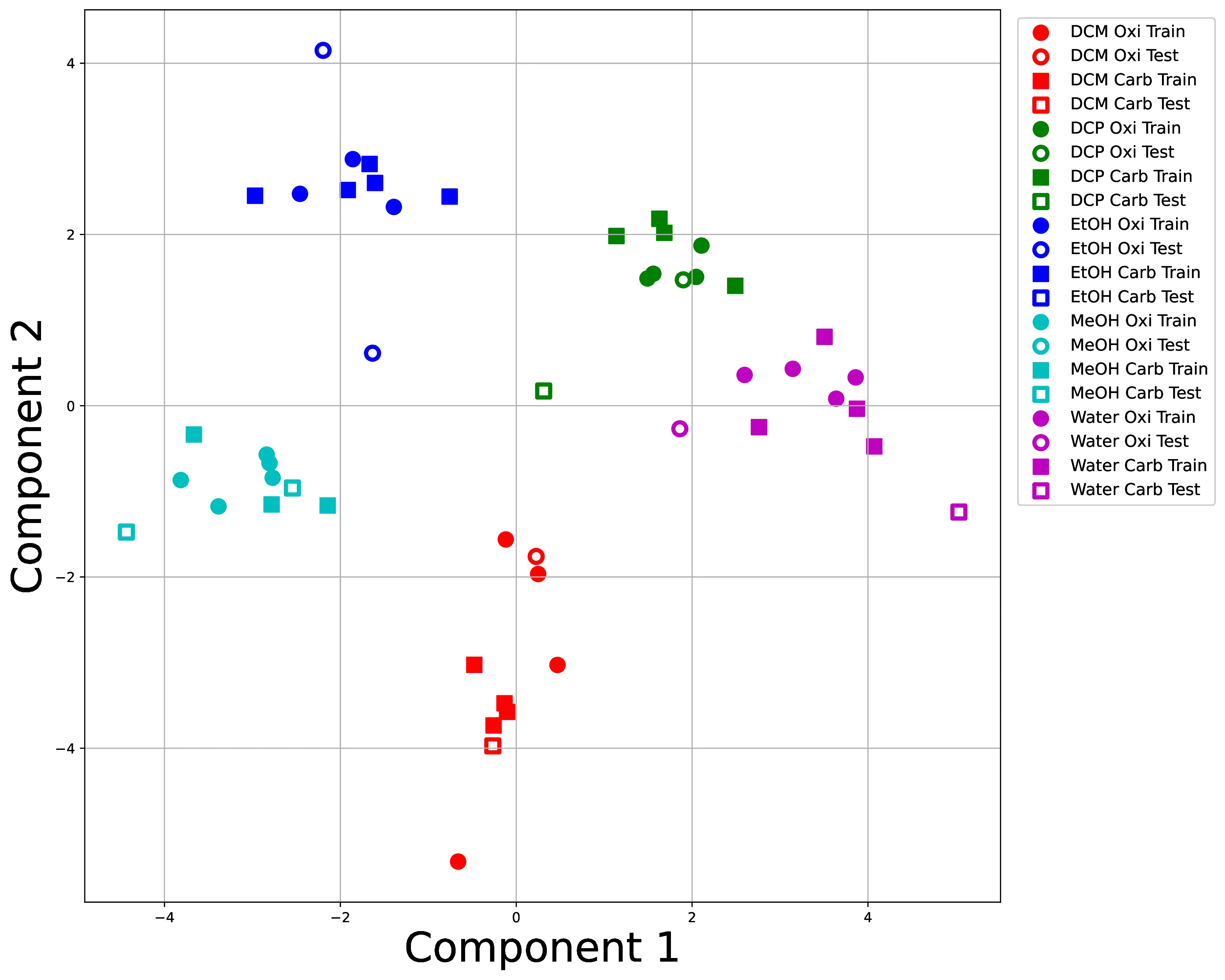
Least Square Regression PCA (LSR-PCA)
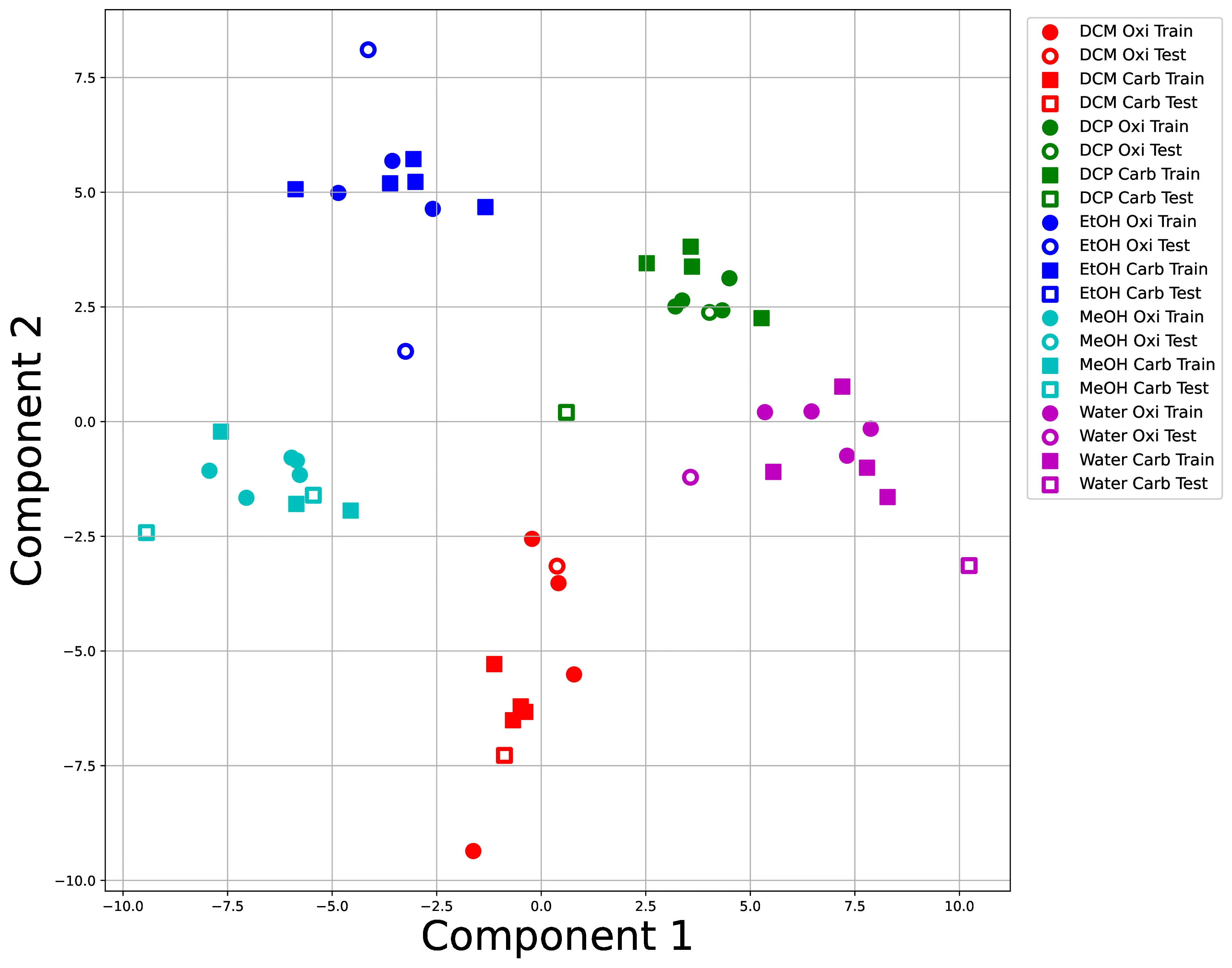
Linear Discriminant Analysis (LDA)
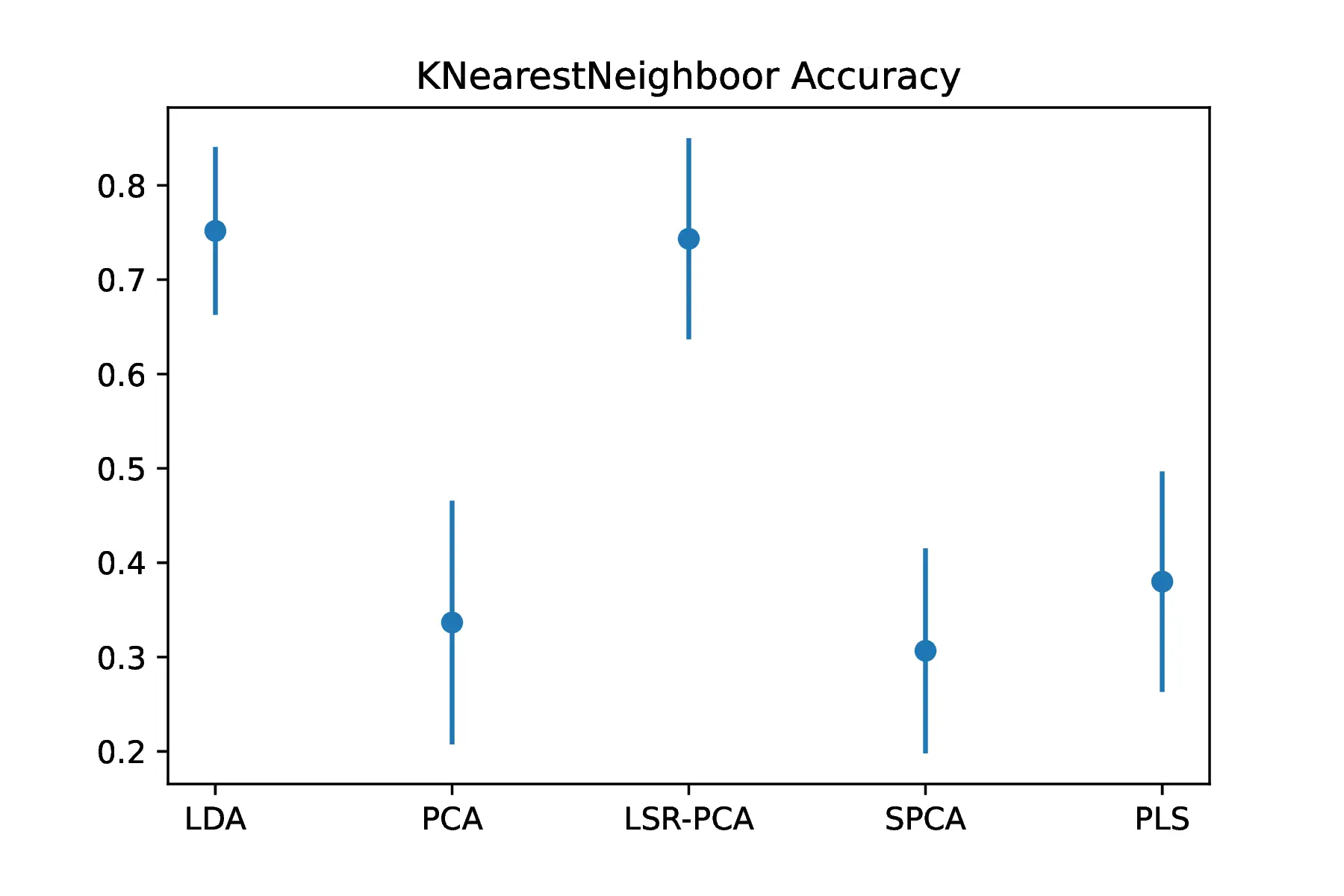
K-nearest neighboor classification accuracy
